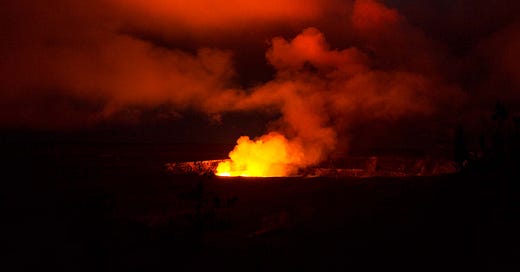Now This Bill Could Erase Nearly Half of All Public Lands
The Public Trust Is Being Dismantled. It’s Time to Push Back.
It feels like groundhogs day around here.
And boy did we pick a hell of a week to be out in the wild - just back into “the office” from the redwoods.
Four out of every ten acres of public land in America. That’s where we stand.
Another quiet proposal. Another backroom clause. Another attempt to sell off the commons while no one is watching. Senators Mike Lee and Steve Daines. Those are the perps. The usual suspects.
This time, it’s not a few parcels tucked behind a spreadsheet. It’s not a single state or a forgotten corner of desert scrub.
It’s three million acres, marked for mandatory sale - and up to 40% of all federal public lands set up to follow. Land held in trust since the founding of the American public estate. Land walked by hunters, mapped by schoolteachers, grazed by ranchers, prayed over by tribal elders. Land that holds no title but the one etched in the national memory.
They’ve written it into the budget. Hidden behind the dry language of disposal and discretion. But make no …





